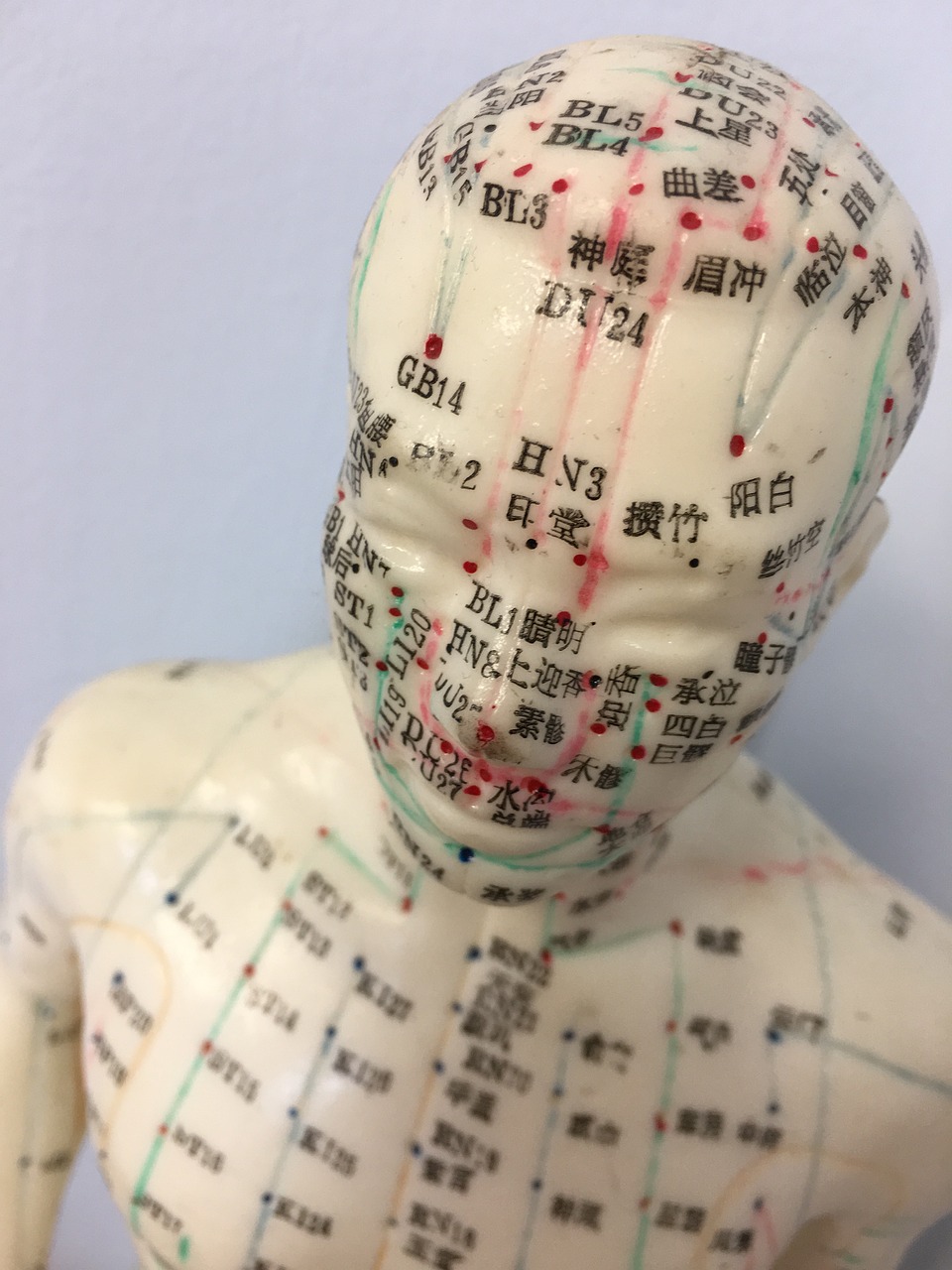Acupuncture is commonly thought of as an alternative medical treatment. Though in the United States acupuncture is considered an alternative medicine, it is widely practiced throughout the rest of the world and is an extremely common practice in Chinese medicine.
It has been used in China’s medical system since the 1930s. Most people imagine acupuncture as being stuck with needles in certain key areas to alleviate pain or cure other ailments. It is true that acupuncture involves needles being strategically placed on a person’s body, but there are many varieties of acupuncture.
Traditional Chinese Medicine (TCM)
This type of acupuncture not only involves acupuncture with needles, but also the burning of Chinese medicinal herbs. TCM in considered to be a holistic approach to medicine since it treats the whole person; not only the body, but also the mind and the spirit.
It is based on the concept of Qi (or Chi), which is believed to be a force of energy within the body that keeps the functions of the body, including organs, working properly. The Qi travels along the body on pathways called “meridians” with each one representing a certain body system or organ function. It is along these pathways that the acupuncturist places the needles.
The herbs used along with the acupuncture treatment aid in strengthening the body. These herbs can be used to help stop bleeding, fight a cold, and aid in digestion, for just a few examples. Normally, the herbs are used in combinations of three or more and can be taken in pill form, burned and inhaled, or in tinctures placed on the body during treatment.
Classical Acupuncture
Classical Acupuncture is the most common thought of type according to westerners. It is also known as the five element acupuncture. This type uses needles alone. It is also referred to as Classical Five Element Acupuncture because it corresponds to the seasons according to the Chinese cycle. This cycle includes:
Summer; Harvest; Fall; Winter; Spring
Not only does Classical Acupuncture correspond to the seasons, but also to the five elements found in nature as they relate to a person’s body. These five elements are:
Fire; Earth; Metal; Water; Wood
Japanese Acupuncture
Japanese acupuncture is along the same lines as classical acupuncture, but this type uses smaller needles. It also focuses more on precision and efficient techniques that promote accomplishing bigger results using the smallest amount of stimulation possible.
Electro Acupuncture
Like the name implies, electro acupuncture combines traditional acupuncture combined with a low electric current running through the needles and is becoming an ever-increasing popular form of acupuncture. Electro acupuncture uses the same meridians as classical acupuncture, but uses a small device that clips onto the needles. The device sends electric pulses that the acupuncturist can adjust depending on the intensity needed.
Unlike Japanese Acupuncture, electro acupuncture does not need to be so precise. The electric pulses stimulate a wider area making it easier to treat the area. Those who are squeamish about needles will prefer electro acupuncture because it can be done with electrodes instead of needles and attain the same results.
Medical Acupuncture
Medical acupuncture is very similar to classical acupuncture, but it is performed by a licensed medical doctor. It incorporates the medical science surrounding neuromuscular anatomy. Some also include historically Chinese acupuncture patterns; thereby, creating a hybrid of western and eastern medical knowledge.
Auricular Acupuncture
Auricular acupuncture is unique. This type treats the entire body, just like other types of acupuncture, but it does so through particular points located in the patient’s ears. The acupuncturist pinpoints certain nerves found in the ear that relate to other parts of the body to help heal or alleviate pain in that particular part.
Auricular acupuncturists have over 200 acupuncture points to know on the outer ear. This is also called the pinna, more commonly known as the cartilage. Western auricular acupuncturists utilize a tool called an electro acupunctoscope, which is an electric tool. This is along the same lines as the electro acupuncture methods. This method is known as Transcutaneous Electical Nerve Stimulation (TENS).
The type of acupuncture a person chooses may directly relate to the ailment that person has. Acupuncture treats a variety of maladies ranging from health conditions to pain and even helping to increase blood flow to particular areas of the body. For references and resourced information, go to http://www.smilemd.com/acupuncturist/the-different-types-of-acupuncture.aspx
The Author:
milemd
